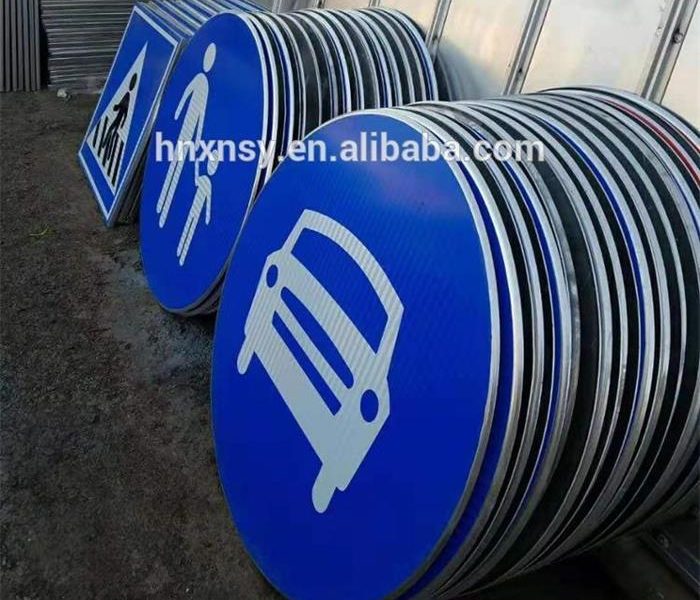Introduction
When you’re cruising down the highway, have you ever wondered about the significance of road signs and those shiny aluminum discs attached to them? These unassuming elements of the road play a crucial role in ensuring our safety, guiding us through unfamiliar routes, and maintaining order on the streets.
In this article, we’ll delve into the world of road signs and aluminum discs, exploring their importance, design principles, and the vital role they play in modern transportation systems.
Importance of Road Signs and Aluminum Discs
Road signs are not merely decorations along the roadside; they serve as vital communication tools that convey important information to drivers and pedestrians. Whether it’s indicating speed limits, warning about potential hazards, guiding drivers on proper routes, or providing essential directions, road signs play a crucial role in preventing accidents, reducing congestion, and enhancing overall traffic management.
Aluminum discs, commonly known as reflective road markers or reflectors, are an integral part of road sign systems. These reflective discs use the properties of aluminum to bounce back light from headlights, making them highly visible during nighttime driving and adverse weather conditions. This enhanced visibility ensures that drivers can accurately gauge lane markings and navigate roads safely.
Design Principles of Road Signs and Aluminum Discs
- Visibility: The most fundamental design principle of road signs and aluminum discs is visibility. Signs must be easily seen from a distance and under varying lighting conditions. Reflective materials on signs and discs ensure nighttime visibility and visibility during rain, fog, or snow.
- Clarity: The information on road signs must be concise and easy to understand. Clear typography, standardized symbols, and universally recognized colors (like red for stop and green for go) enhance the clarity of the message being conveyed.
- Consistency: Road signs adhere to standardized shapes and colors based on their function. For example, warning signs are usually yellow, regulatory signs are white, and informational signs are blue or green. This consistency ensures that drivers can quickly interpret the sign’s purpose.
- Placement: Proper placement of road signs and aluminum discs is crucial. Signs should be positioned at the right height and distance from the road to provide ample reaction time for drivers. Reflectors should be positioned to guide drivers through curves, intersections, and changes in road alignment.
- Maintenance: Regular maintenance of road signs and aluminum discs is essential to ensure their effectiveness. Faded or damaged signs should be replaced promptly, and reflective materials should be cleaned to maintain their reflective properties.
The Role in Modern Transportation Systems
In the digital age, transportation systems are becoming increasingly sophisticated, incorporating technologies such as GPS navigation and real-time traffic updates. However, the humble road sign and aluminum disc remain irreplaceable components. They provide real-time, non-digital information that’s instantly accessible to all drivers, regardless of their tech-savviness or access to navigation tools.

Road signs and aluminum discs serve as a reliable backup system, offering guidance when digital devices fail or when drivers venture into areas with limited connectivity. Additionally, these physical markers help establish a standardized communication system that transcends language barriers, making them essential for both local and international travelers.
Conclusion
The unassuming road signs and aluminum discs that line our streets hold immense importance in ensuring road safety, regulating traffic flow, and providing essential information to drivers and pedestrians. Their design principles and role in modern transportation systems underscore their significance in a world increasingly reliant on technology.

